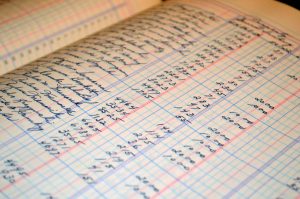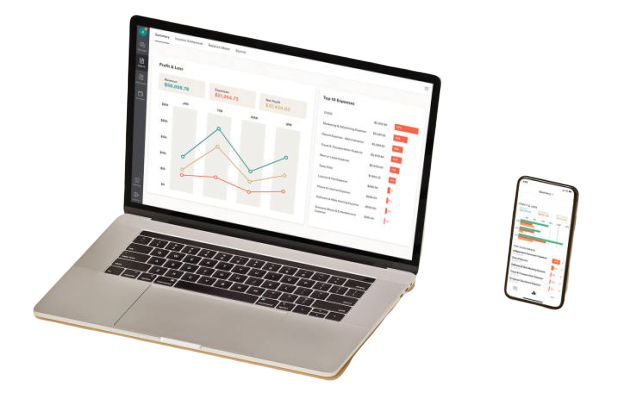
What Is A Business Journal Entry And How Is It Used?
Being a small business owner, you typically divvy up your time in every facet of your business. Whether you have one employee or thirty, business owners are busy. To maintain and/or thrive, your finances need to be in order. Poor financial management is one of the top reason’s small businesses plummet or dissolve quickly. What can you do to avoid that from happening to you and your business? Knowing about journal entries and how to use them correctly. They are a way of keeping a pulse on your financial state from day-to-day.
What Are Journal Entries?
As stated previously, journal entries are the way you record transactions day-to-day. They’re your “rough draft” about your finances; whereas your “final draft” is your general ledger that comes later. These entries must be accurate and detailed for your future reference if need be. It should be a daily requirement to enter in all transactions before you call it quits at the end of the day. Journal entries are summarized to create your general ledger, which shows how your business is currently performing.
Both journal entries and general ledgers are used to prepare critical financial statements (i.e. income statement, balance sheet, and cash flow statement). All of those financial statements are necessary for filing taxes. This is why it is crucial to have accurate journal entries from the beginning. If you enter incorrect information or forget to add a transaction, it could throw off the rest of your financial statements. You could be making business decisions based on unsound information. Make sure you or whoever is managing your finances are diligent with your entries.
How To Use Journal Entries
If you are unfamiliar with bookkeeping, there are two methods for journal entries: single and double. We recommend sticking to the most common method, which is double entry. In the double entry method, there are two categories that we split into, which are a general journal and special journal.
- General journal: Any entry that does not fit in your special journal i.e. income or expenses from interest. Could be used to record adjusting entries (changes to already recorded journal entries).
- Special journal: Day-to-day transactions. These are also known as accounts, and special journals should be listed in your chart of accounts. Special journal entries cover these common transactions for your business:
-
- Accounts receivable (money you’re owed)
- Sales (income recorded from sales)
- Sales returns (sales you’ve refunded)
- Purchases (payments you’ve made)
- Cash receipts (money you’ve received)
- Accounts payable (money you owe)
- Equity (retained earnings and owners’ investment)
Knowing your company’s current financial state should be the utmost priority. The day-to-day journal entries may seem tedious, but they are the trajectory for your future. If you have fallen behind or can’t handle your bookkeeping much longer, Steph’s Books can get you back on track. We come alongside our customers in an effort to alleviate any stress and time surrounding their financial statements. Our goal is to allow you the freedom to focus on your business and family more. Contact us today for more information!



